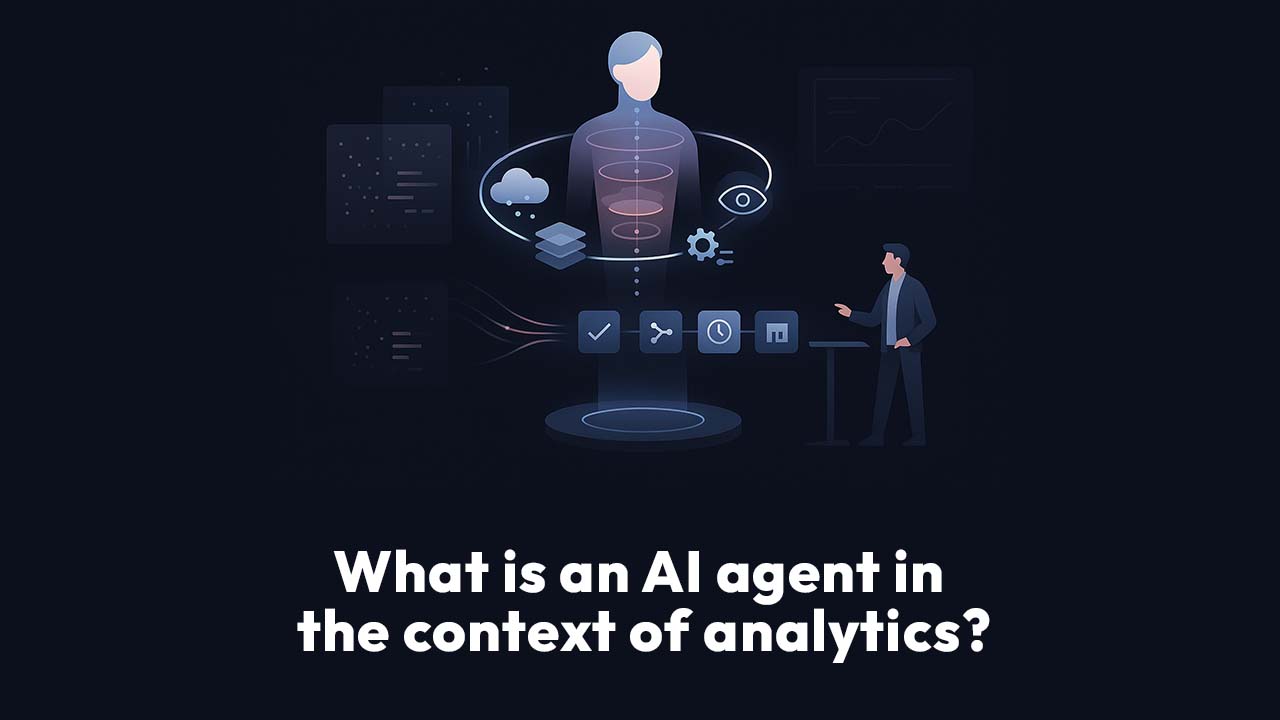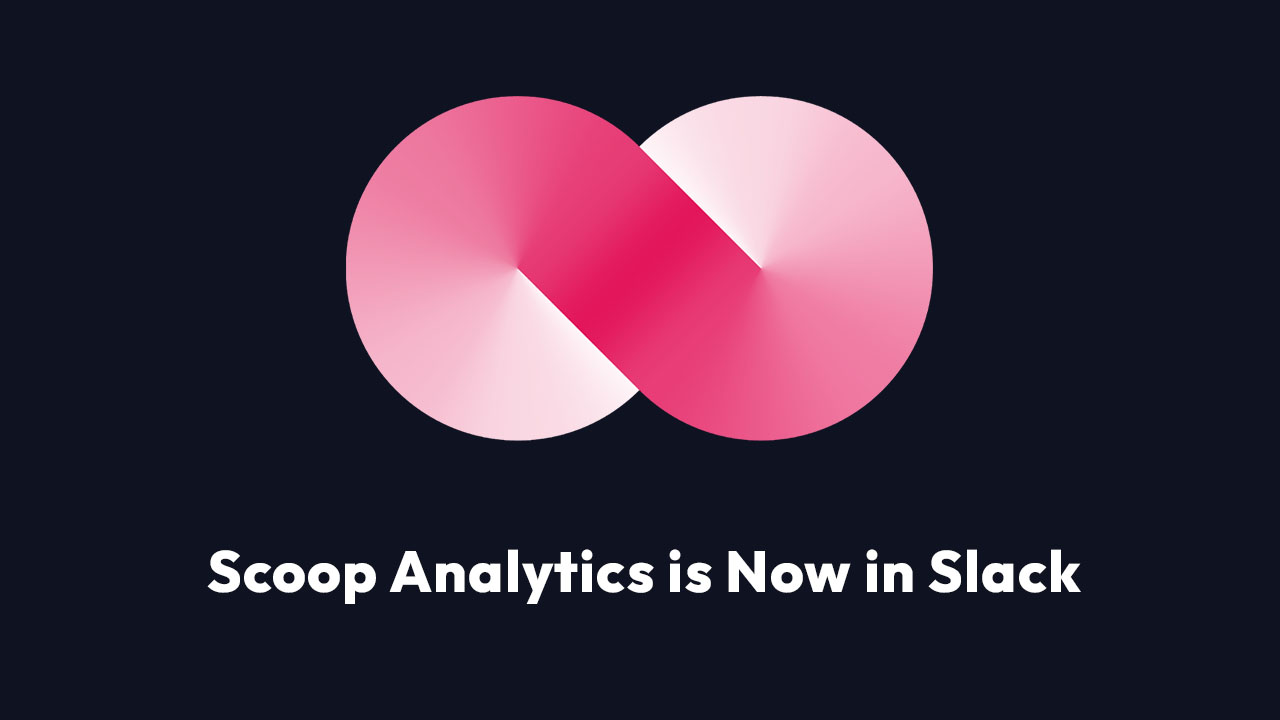So, who’s truly leading the AI race in 2025—and what can we learn from them? Let’s explore.
The Two Faces of Enterprise AI
If you zoom out on today’s AI landscape, you’ll notice a fascinating split:
- On one side, established tech giants like Google and Microsoft are weaving AI into the fabric of their massive ecosystems.
- On the other, specialized innovators like Anthropic and Stability AI are laser-focused on solving precise challenges through deep research and agility.
These two forces—scale and specialization—are pushing each other forward. Together, they form the backbone of today’s AI evolution.
1. Google / Alphabet (DeepMind)
When it comes to combining research brilliance with practical utility, Google remains unmatched. DeepMind’s work on AlphaFold reshaped the biological sciences by predicting protein structures—a feat once thought impossible.
Meanwhile, Google’s Gemini series pushes multimodal AI forward, allowing users to interact with text, voice, and images in seamless harmony. Whether you’re asking Gmail to draft an email or using Google Cloud’s Vertex AI, you’re experiencing how the company’s vast data ecosystem fuels continuous AI learning.
Why it matters: Google exemplifies the balance between deep research and accessible integration. It’s AI at planetary scale—quietly improving billions of interactions every day.
2. Microsoft
Few companies have leveraged collaboration like Microsoft. By partnering with OpenAI, it didn’t just license technology—it rewired how software integrates intelligence.
Through Copilot in Microsoft 365 and Azure’s AI services, the company is redefining productivity for the enterprise. Imagine a spreadsheet that not only calculates but interprets intent or an email draft that anticipates your tone. That’s AI becoming part of how people think and create.
Insight: Microsoft isn’t just embedding AI—it’s democratizing it, giving every business, from startups to Fortune 500s, the power to deploy advanced models safely within their own workflows.
3. Amazon
If you’ve ever had Amazon recommend the perfect product before you even knew you wanted it, you’ve experienced one of the world’s most sophisticated machine learning systems.
AI touches everything Amazon does—from warehouse robotics to the AWS AI stack, which supports thousands of companies building their own models. Alexa’s natural language processing continues to evolve, bridging convenience and context.
Lesson from Amazon: When AI is baked into every operational layer—from logistics to customer service—it doesn’t just optimize processes; it redefines them.
4. Apple
Apple took a bold stance early on: AI should enhance lives without invading privacy. Its focus on on-device machine learning—driven by neural engines and frameworks like CoreML—proves that personalization doesn’t have to come at the expense of security.
Features like Siri’s smarter responses, photo categorization, and even keyboard predictions show Apple’s invisible AI quietly running in the background.
Takeaway: In a world dominated by data collection, Apple’s privacy-centric AI shows that trust can be a competitive differentiator.
5. Meta
Meta’s journey in AI isn’t limited to social feeds and ad optimization. Behind the scenes, its AI Research (FAIR) team is advancing large language models (like LLaMA) and computer vision technologies that power everything from content moderation to augmented reality.
The company’s vision for the metaverse—a digital world shaped by immersive, AI-driven interactions—illustrates how machine learning will soon blend physical and virtual experiences.
Big picture: Meta is betting on an AI-powered world where avatars, spaces, and social interactions evolve intelligently alongside humans.
6. OpenAI
Few names have changed the world as dramatically as OpenAI. With ChatGPT, DALL·E, and Codex, it brought generative AI into everyday life. Suddenly, anyone could write code, create art, or summarize research in seconds.
But OpenAI’s deeper mission—developing artificial general intelligence (AGI) that benefits humanity—is what sets it apart. Their iterative safety approach and transparency around model behavior have set ethical benchmarks for the industry.
Real-world impact: From startups building GPT-powered assistants to enterprises transforming workflows, OpenAI turned AI from an abstract idea into a daily productivity tool.
7. Anthropic
While most companies chase capability, Anthropic chases alignment. Its Claude models prioritize reasoning, reliability, and interpretability through an approach called Constitutional AI—a framework that trains models to adhere to clear, human-defined principles.
In an era where AI can easily generate misinformation or bias, Anthropic’s mission resonates deeply: creating systems that are not only powerful but safe.
Why it matters: The future of AI adoption depends on trust—and Anthropic is leading the charge on making responsible AI the industry standard.
8. NVIDIA
Think of NVIDIA as the silent enabler of every AI success story. Its GPUs are the beating heart of model training, inference, and deployment—from self-driving cars to ChatGPT itself.
The company’s innovation extends beyond hardware. Platforms like CUDA and NVIDIA DGX Cloud make enterprise-level AI accessible, scalable, and lightning-fast. In many ways, NVIDIA is the infrastructure layer upon which modern AI stands.
Quick fact: Over 80% of AI research and commercial models run on NVIDIA hardware—a dominance that mirrors Intel’s reign during the PC era.
9. IBM
Long before “AI” became a buzzword, IBM’s Watson captured global attention by winning Jeopardy! in 2011. But the company didn’t stop there.
Today, IBM focuses on enterprise-grade AI, especially in regulated industries like healthcare, finance, and government. Its AI and quantum computing initiatives are tackling some of the most complex challenges in data security and predictive analytics.
Lesson: IBM shows that longevity in AI isn’t about chasing trends—it’s about solving meaningful, high-value problems that businesses actually face.
10. Stability AI
In a market dominated by proprietary models, Stability AI took a revolutionary approach: openness. Its Stable Diffusion model democratized generative image creation, spawning a global ecosystem of creativity and innovation.
By allowing developers to customize and deploy models freely, Stability AI accelerated experimentation and gave rise to a vibrant open-source AI community.
Impact: Stability AI proved that creativity scales when innovation is shared—not gated.

Comparing the Leaders: Scale vs. Specialization
Observation: The tech giants make AI accessible at scale, while specialized innovators push the boundaries of what’s possible. One focuses on adoption. The other on exploration. The synergy between them drives the industry forward.
Why This Division Matters
The collaboration between these two categories fuels a self-reinforcing cycle of innovation. Big tech provides infrastructure and reach; smaller innovators bring experimentation and risk-taking.
When Microsoft partners with OpenAI, or when Google integrates Stability’s ideas into its ecosystem, the result isn’t competition—it’s acceleration.
Bottom line: The most exciting AI breakthroughs don’t emerge from isolation. They come from the intersection of scale, data, and deep specialization.
FAQs About Enterprise AI
What is enterprise AI?
Enterprise AI refers to artificial intelligence technologies designed for large-scale business applications—automating workflows, improving decision-making, and enabling predictive insights.
Which industries benefit most from enterprise AI?
Virtually all do—but manufacturing, logistics, healthcare, and finance lead adoption due to complex data flows and measurable ROI.
How do companies implement enterprise AI successfully?
- Identify data pain points.
- Choose scalable infrastructure (like AWS or Azure).
- Pilot specific use cases before expanding.
- Ensure data quality and ethical compliance.
- Continuously measure impact and retrain models.
What’s the biggest challenge in enterprise AI adoption?
Data readiness. Most companies underestimate how much time and cost go into preparing clean, structured, and labeled data before AI can be effective.
The Future
Looking ahead, the most successful companies won’t just build AI—they’ll partner with it. Established giants will continue making AI infrastructure universally available, while focused innovators will keep testing the limits of what intelligence can do.
And in between, platforms like Scoop Analytics will ensure that businesses of every size can actually use these capabilities in their day-to-day decision-making.
AI’s future isn’t just about smarter machines—it’s about smarter teams.
Where Does Scoop Fit In?
While the companies above lead in infrastructure and foundational models, Scoop Analytics fills a critical gap in how everyday teams actually apply AI. As an agentic analytics platform, Scoop brings AI to the hands of business users—no data team required. It turns scattered, messy data into clean, explainable reports and presentations, using spreadsheet logic and AI agents that act like your own in-house analyst.
So while the tech giants build the engines and specialized firms shape the future of models, Scoop is quietly redefining how teams use AI every day—automating reporting, accelerating insights, and eliminating the drag of dashboards and SQL.
Curious how Scoop can fit into your workflow? Explore the platform or try it free—and experience a smarter, simpler way to work with data.








.png)